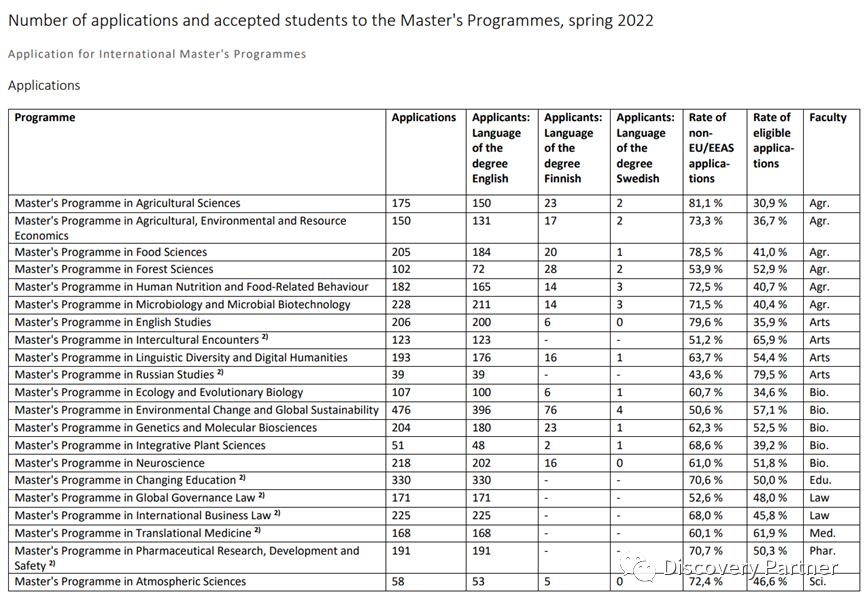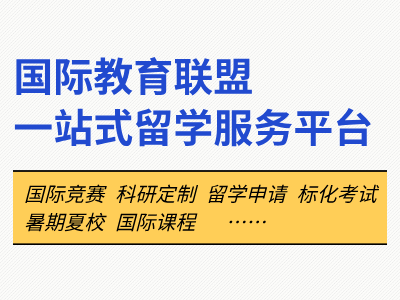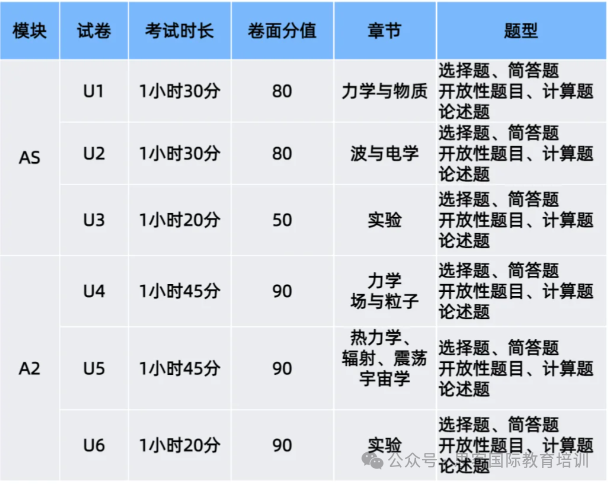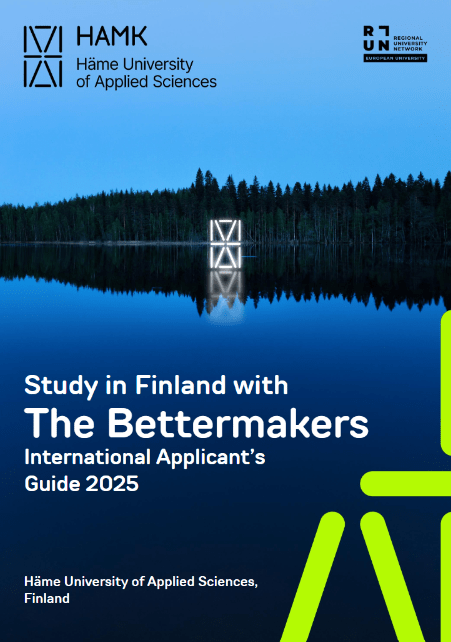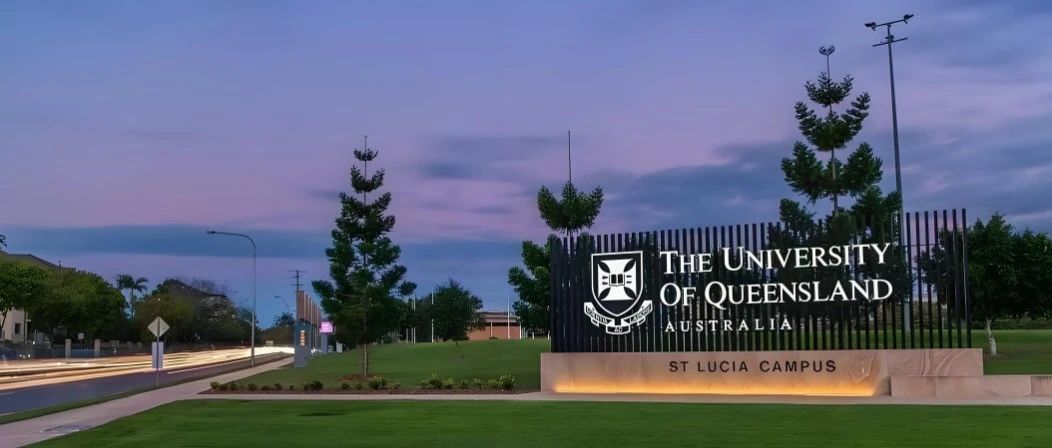
Q&A
iBridge 前藤校招生官为你解析
高中课外活动如何选?
iBridge Education
考虑到最终的大学申请,学生在高中期间应该参加什么活动的决定就很重要了。这里“课外活动”一般指的是学生在课堂外花费大量时间进行的活动,每周至少一到两个小时。我们不会规定学生参加什么具体的活动,因为每个学生都应该有自己的追求,以显示他们的独特性。我们希望这篇文章能起到一些指引作用,为学生们解析在决定高中期间选择课外活动时要考虑的因素。
首先,让我们讨论一下大学招办在学生申请材料中的课外部分如何评估。在众多高校使用的通用申请平台(Common App) 中,可写10个活动和5个奖项。每个活动可以有150个字符的描述,包括空格和标点符号,并要求学生列出每周和每年的活动时间。对于奖项,有100个字符用于描述,学生还需要列出获得奖项时的年级和认可级别:学校、本地区、州级别、国家级或国际。
活动和奖项的最终描述/展示是很重要的,因为学生没有太多的空间来展示四年的所有活动和成就,同时需要招生官能在阅读这个部分紧凑内容里的信息后而感到印象深刻,因此,学生在高中所做的课外活动需要是有意义的。超过这个部分数额限制的活动或奖项可以在申请平台的附加信息部分列出。
在申请的活动列表和奖项部分,大学招办会考虑几个因素。持久性:是指学生从事某项活动的持续多少时间了;大学希望看到学生们能够持续地参加活动,最好是从九年级或十年级开始。参与度:招生人员还会考察学生在每项活动中的参与程度,这由活动列表中学生参加每项活动的每周和每年的时间总数来决定。比如在10年级阶段,有10周是每周2小时参加社区服务,和高中四年40周每周10小时的社区服务,这两者之间有很大的区别,后者会显示出学生对于社区的承诺和奉献精神。招生官员试图根据学生对某些活动的投入程度来判断对他们来说什么是重要的。
大学也在考察申请者对其高中社区的影响力和领导力,以及申请者在进入大学之后将参与到大学社区的可能性。高中活动提供了一个透镜,大学可以通过它来想象申请者将在大学校园里的表现。大学招生委员会还会考虑某项活动的常见和非常见程度,比如,加入国家荣誉协会(在优秀生中较常见)和养蜂(不常见)。这并不是说你需要开始养蜂,这只是一个简单的例子。
我们在本文中首先介绍了大学会考虑的哪些方面,因为这可以为你选择高中活动时提供一个框架,以及在选择活动时要考虑的因素。学生最好能展示出他们的活动选择是具有独特性的结合:例如社区服务、艺术和海洋生物学。这些活动展示了学生的热情所在,而大学招办也会考虑这些申请人的独特之处,能如何更好共建大学校园的社区。
因此,这些活动应该能展示出,学生除了全面发展之外,还能为大学校园带来有价值的东西。这并不意味着学生必须只追求一个感兴趣的领域;相反,任何所列的感兴趣的领域都应该有活动和奖项来支持,以证明他/她在自己热爱领域的努力付出,和孜孜不倦的坚持。每周活动的总时间也很重要,因为招办希望看到学生选择如何度过他们的课外时间。
在选择高中活动时,首先要考虑学生的天赋/热情所在:他们对音乐、体育、舞蹈、写作还是艺术感兴趣?如果是这样,学生应该在他们能达到的最高水平上发展这些天赋,最好是在学校之外,这可以包括在当地、州、甚至国家队。对于个人追求,如写作或艺术,学生应该以他/她能获得的最高水平的奖项和出版物为目标,以便使他们的才能在大学招生中具象化。
学生最好选择他们能够在整个高中期间开展的活动。在九年级,学生参加一些学校内外的俱乐部和活动很重要,这样也会让他们认识到,是否他们能尽可能继续其中的一些活动。这些俱乐部和活动应该符合学生的兴趣,包括他们的学术兴趣,这是重要的课外探索。(我们也会注意到,在这个时候,学生创建一个数字日历是很重要的,这样他们就可以管理他们的时间!) 这些活动也应该是学生能够最终获得领导力职位的活动,以显示他们随着时间的推移越来越有责任感,比如成为俱乐部主席或管弦乐队的首席或组长。
正如我们提到的,领导力很重要,所以这是一个需要特别强调的领域。学生应该以在高中生涯中担任至少两到三个领导职位为理想目标,比如成立一个俱乐部或领导一个社区服务项目。他们应该在11年级的时候担任一个领导职位,如果他们在这之前已经有领导职位当然是更好的。这些领导职位应该能指明该学生对社区有着显著影响——无论是在学校、当地,还是在更广阔的区域。
学生利用好高中的每个暑假是很重要的。学生应该在暑假期间从事暑期项目、实习、有竞争力的项目、大学课程、研究或暑期工作。理想情况下,这些暑期追求应该符合学生的主要兴趣。每年夏天的活动在每周和每年的活动时间总数上应该是一个较高的数额,以证明假期得到了有效利用。
社区服务也是一项常见的活动,因为这表明了学生有兴趣关心自身社区中的事务或重要问题。如果学生能获得显著的成就,比如每年获得志愿者服务奖,那就太好了!志愿者时间应该花在对学生来说很重要的事情上,而不是简单地基于现成能做的事情。例如,如果一个学生对海洋生物学感兴趣,他们可以花时间在一个倡导海洋保护的服务项目上。
独立的学术研究在顶尖学生中也变得越来越普遍,而且这种现象不分学科。根据《宾夕法尼亚大学年鉴》,宾夕法尼亚大学2026届学生中有三分之一的人在高中期间的某个时候参与了学术研究,许多人获得了国家和国际奖项,如出版物、科学博览会荣誉或参加会议。这表明了开展独立学术研究的重要性,在高中的某个时候,撰写一篇研究论文并在学术期刊上发表,或在会议上发表非常重要。这可以是一个很好的度过夏天的方式,甚至在不止一个夏天的时间里,发表多篇学术论文。
总之,学生在高中应该从事的活动因个人情况而异。不过,我们希望这些建议对你在选择看似眼花缭乱的高中活动时,能有所帮助。最后,学生们所努力追求的主要活动,即那些花费时间和精力最多的事情,在帮助他们探索热爱和兴趣的同时,也应能引出打动人心的故事,给他们大学申请文书增添很棒的素材。
LINK:
https://almanac.upenn.edu/articles/admission-decisions-for-the-class-of-2026
原创作者:iBridge Education 顾问团队
图片来自网络
Choosing High School Activities
Taking into consideration the eventual college application, it is important to determine what activities a student should pursue during high school. An activity is anything that the student does outside of the classroom for a significant amount of time, at least one to two hours per week. We will not prescribe to you what specific activities to join per se, as each student should have their own set of pursuits that shows their uniqueness. Rather, this article will hopefully serve as a guide for factors to consider when a student is choosing which activities to pursue during the course of high school.
First, let’s discuss what colleges evaluate in the extracurricular section of the application. In the Common Application, the platform used by many colleges and universities, there are ten activity slots and five award slots. Each activity can have a 150-character description, including spaces and punctuation, and requires student to list the hours per week and weeks per year of the activity. For awards, there are 100 characters allotted for the description, and the student is also required to list the grade level(s) when they received the award and the level of recognition: school, local, state, national, or international. The eventual presentation of activities and awards is important to consider, because ultimately, there is not a lot of space given for four years’ worth of activities and accomplishments, so admissions officers need to be wowed by the information that is packed into that space. Accordingly, what the student does during high school needs to be significant. Any activities that go beyond the ten spaces allotted or more than five awards can be listed in the additional information section of the application.
Within the activities and honors section of the application, admissions officers consider a few factors. There is longevity: how long the student has been doing the activity; colleges like to see that students have done activities consistently, ideally since 9th or 10th grade. Further, admissions officers examine the level of involvement of each activity, determined by the hours per week and weeks per year listed. There is a big difference between community service that was done for two hours for ten weeks of 10th grade versus ten hours per week for forty weeks per year during all four years of high school. The latter will show commitment and dedication toward helping the student’s community. Admissions officers try to determine what is important to the student based on their level of commitment to certain activities. Colleges also look for community impact and leadership, demonstrations that the student will engage with the college community. The high school activities provide a lens through which colleges can imagine who the student will be on their campus. Admissions officers also consider how common or uncommon the activity is, such as being in the National Honor Society (common among top students) versus beekeeping (uncommon). This is not to say that you need to start keeping bees but is simply an example.
We have started with presenting what colleges consider, as this provides a framework for choosing high school activities and factors to bear in mind when doing so. A student should show a unique combination in their activities: community service, art, and marine biology for example. The activities demonstrate the passions of the student; colleges consider how these passions will add to the fabric of their campus community. As such, the activities should demonstrate that the student has something to bring to the campus beyond simply being well-rounded. This does not mean that the student must only pursue one area of interest; rather, any area of interest should be backed up with activities and awards that demonstrate the student’s commitment in this area and their willingness to pursue their passion. The total hours per week among the activities are also important, as colleges are interested in seeing how students choose to spend their time outside of school.
When choosing high school activities, first consider the student’s talents: are they interested in music, athletics, dance, writing, or the arts? If so, the student should pursue these talents at the highest level they can, ideally beyond school. This can include regional, state, or even national teams or ensembles. For individual pursuits, such as writing or art, the student should aim for awards and publications at the highest level that they can in order to legitimize their talent in the eyes of college admissions.
The student must choose activities that they can pursue ideally throughout high school. In 9th grade, it is important for the student to join a few clubs and activities inside and outside of school to see if they would like to continue as many of the activities as possible. These clubs and activities should correspond to the student’s interests, including their academic interest, which is important to explore outside the classroom. (We will also note that at this time, it is important for the student to create a digital calendar so that they can manage their time!) These activities should also be ones where the student can eventually gain a leadership position to show that they have grown in responsibility over time, such as becoming president of a club or first chair or section leader in the orchestra or band.
As we mentioned, leadership is important, so this is an area to highlight specifically. Students should aim to have ideally at least two to three leadership positions in their high school career, such as founding a club or leading a service project. They should have a leadership position by 11th grade, though it is certainly great if they have a leadership position before this as well, as long as the position can be maintained and built upon during the course of high school. These leadership positions should point toward noticeable impacts in the community—whether it be in school, local, or even beyond.
It is important that students utilize each summer of high school. A student should pursue summer projects, internships, competitive programs, university courses, research, or summer jobs during their break. Ideally, these summer pursuits will correspond with the student’s main interests. Each summer the activities should have a combined high number of hours per week and weeks per year to demonstrate that the break is being utilized effectively.
Community service is also a common activity, as this demonstrates a student’s interests in serving their others based on a cause they care about or an important issue in their community. It is great if there is a notable achievement such as through earning the President’s Volunteer Service Award yearly. Volunteer hours should be spent on causes that are important to the student rather than simply based on what is available. For instance, if a student is interested in marine biology, they can spend time on a service project that advocates toward marine conservation.
Independent academic research is also becoming increasingly common among top students, regardless of academic discipline. According to the University of Pennsylvania Almanac, one third of the UPenn class of 2026 participated in academic research at some point during their time in high school, many earning national and international awards, such as publications, science fair accolades, and/or attending conferences. This demonstrates the importance of conducting independent academic research—which includes writing a research paper and publishing it in an academic journal or presenting it at a conference—at some point during high school. This can be a great way to spend a summer, or even more than one summer in the case of publishing multiple academic papers.
Ultimately, the activities that a student should pursue during high school vary on a case-by-case basis. However, we hope that this serves as a helpful tool when approaching the nebulous matrix that is choosing high school activities. In the end, the major activities that the student pursues—i.e., the ones that take up the most time and dedication—should also yield compelling stories that can be incorporated into college application essays while helping the student explore their passions and interests.
原创作者:iBridge Education 顾问团队
原创声明
本文为原创编译,版权为iBridge Education慧桥国际教育所有





